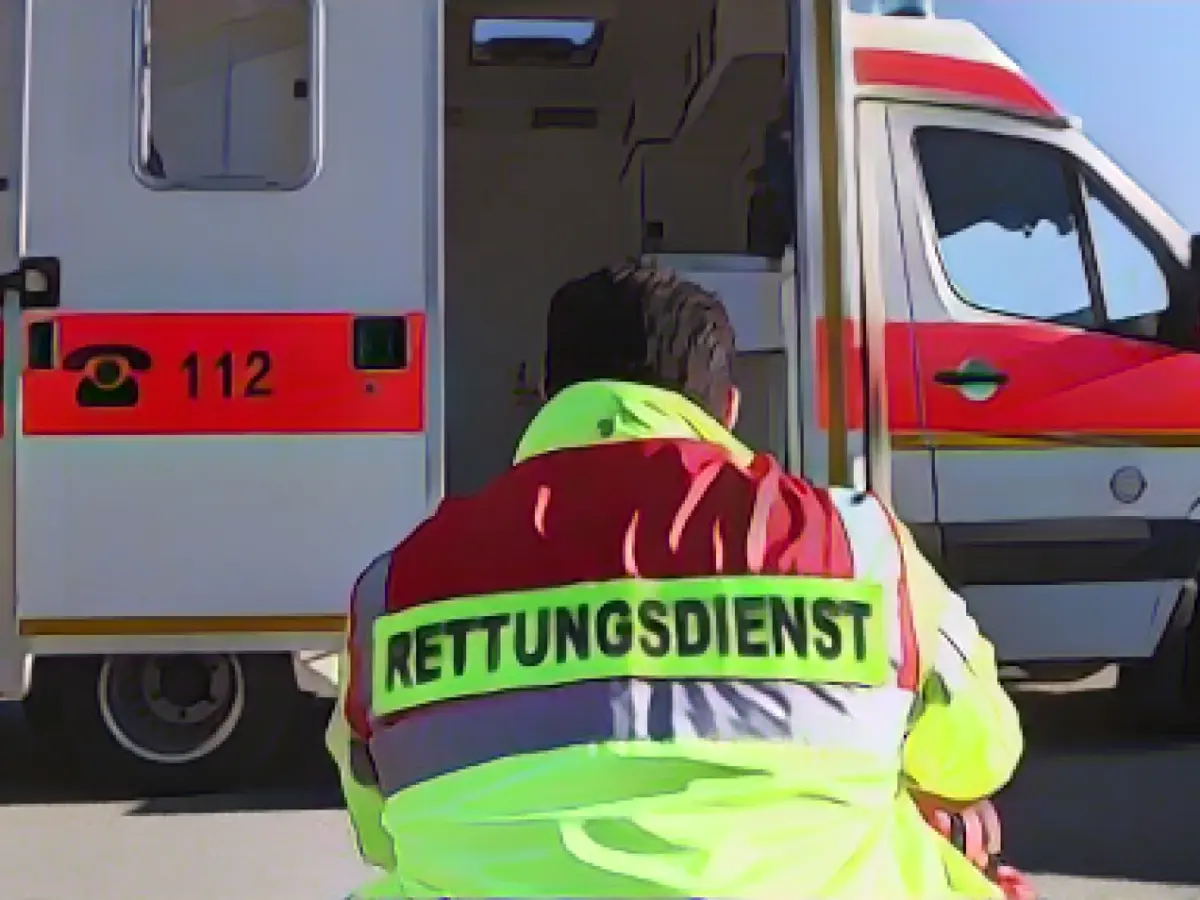Forest Tragedy in Harz Mountains: Worker perishes under fallen tree
In a heart-wrenching incident this past weekend, a forest worker met his untimely demise in the Harz Mountains. Reportedly, a tree trunk slipped without warning, pinning the 26-year-old man as he performed woodwork in a sloped forest area near Bad Lauterberg. The incident occurred on Saturday, with the unfortunate casualty later succumbing to his injuries in the hospital on Monday. Another colleague, aged 54, was present during the incident but managed to escape unscathed.
The police shared details about the accident on Monday, underlining the ongoing investigation.
Related Reading
- The fallout of clan justice [GHOST_URL/a-clan-member-is-punished-here/]
- Watch your words with traffic police! [GHOST_URL/traffic-lawyer-warns-dont-talk-to-the-police/]
- Possible conviction 37 years later? [GHOST_URL/will-he-be-convicted-as-juttas-murderer-after-37-years/]
- A violent family plot [GHOST_URL/he-also-wanted-to-kill-his-cousin/]
The devastating turn of events serves as a stark reminder of the importance of bolstering safety measures for forest workers in the Harz Mountains, particularly in light of this otherwise pristine region's relentless natural forces and numerous, potentially hazardous conditions.
Source:
Revamping the Safety Regime in Harz Mountains Forestry
To proactively prevent such accidents and enact necessary improvements in forestry safety protocols for the Harz Mountains, Lower Saxony, adhere to the following guidelines:
- Regular Training and Education: Emphasize regular training sessions on safety protocols, emergency procedures, and risk management by integrating both theoretical and practical sessions to adequately prepare workers for various scenarios.
- Personal Protective Equipment (PPE): Ensure that every forest worker is supplied with essential PPE, including helmets, gloves, protective eyewear, and suitable footwear. Conduct routine inspections to verify PPE's good condition.
- Risk Assessment and Planning: Thoroughly evaluate risks in the forest, such as steep slopes, falling trees, and wildlife encounters, before initiating any tasks. Create detailed execution plans to counteract potential hazards.
- Communication and Teamwork: Foster an environment that emphasizes open communication among workers, encouraging teamwork and ensuring that all are aware of their duties in the event of an emergency.
- Weather Monitoring: Implement a weather monitoring system to warn workers of adverse weather conditions, like heavy rain, strong winds, or lightning storms.
- Emergency Response Plan: Develop and regularly update an emergency response plan, detailing accident procedures, first aid techniques, and evacuation procedures, while ensuring all workers are attuned to their roles.
- Prescribed Burning and Fire Safety: Implement prescribed burning procedures, ensuring that all participating workers are adept in safe handling methods.
- Regular Equipment Maintenance: Consistently inspect and maintain all equipment utilized by forest workers, from chainsaws to axes, and other essential tools.
- Reporting Incidents: Encourage reporting of close calls and accidents, providing the platform for workers to identify potential hazards and develop rectification measures.
- Collaboration with Local Authorities: Cultivate partnerships with local authorities, including emergency services and the fire department, to familiarize workers with local emergency response systems and procedures.
Implementing these measures can dramatically improve safety protocols for forest workers in Harz Mountains, Lower Saxony, and significantly lessen the likelihood of future accidents.








